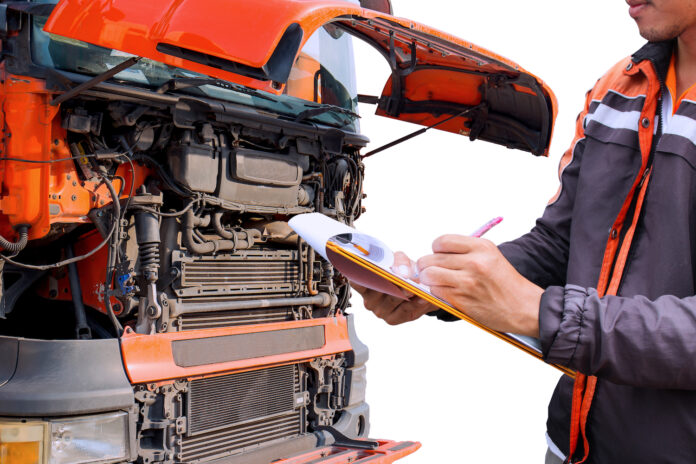The backbone of several industries, heavy-duty trucks, and their operators play vital roles in many different sectors. From “basic ones” that support logistics and transportation to ensure the efficient flow of commodities to those enormous ones found in mines all over the world that are employed to complete tasks that take longer for humans to complete than they can.
These vehicles are essential for infrastructure development and construction as well. The most common ones are bulldozers, excavators, and heavy-duty trucks; they compete with these vehicles for tasks like material handling, site preparation, and earthmoving. Heavy-duty vehicles, such as tractors and harvesters, are essential to agriculture as well since they can plant and harvest at rates faster than humans can.
By collecting and disposing of rubbish, heavy-duty garbage trucks help manage waste and improve the cleanliness and health of our lives. For prompt responses in times of emergency, emergency services such as the fire department and hospitals mostly depend on fire engines and ambulances.
They are also employed by the military and police, and you may see anything from armored cars and riot-busting vehicles to military trucks and tanks for combat, transportation, and logistical support.
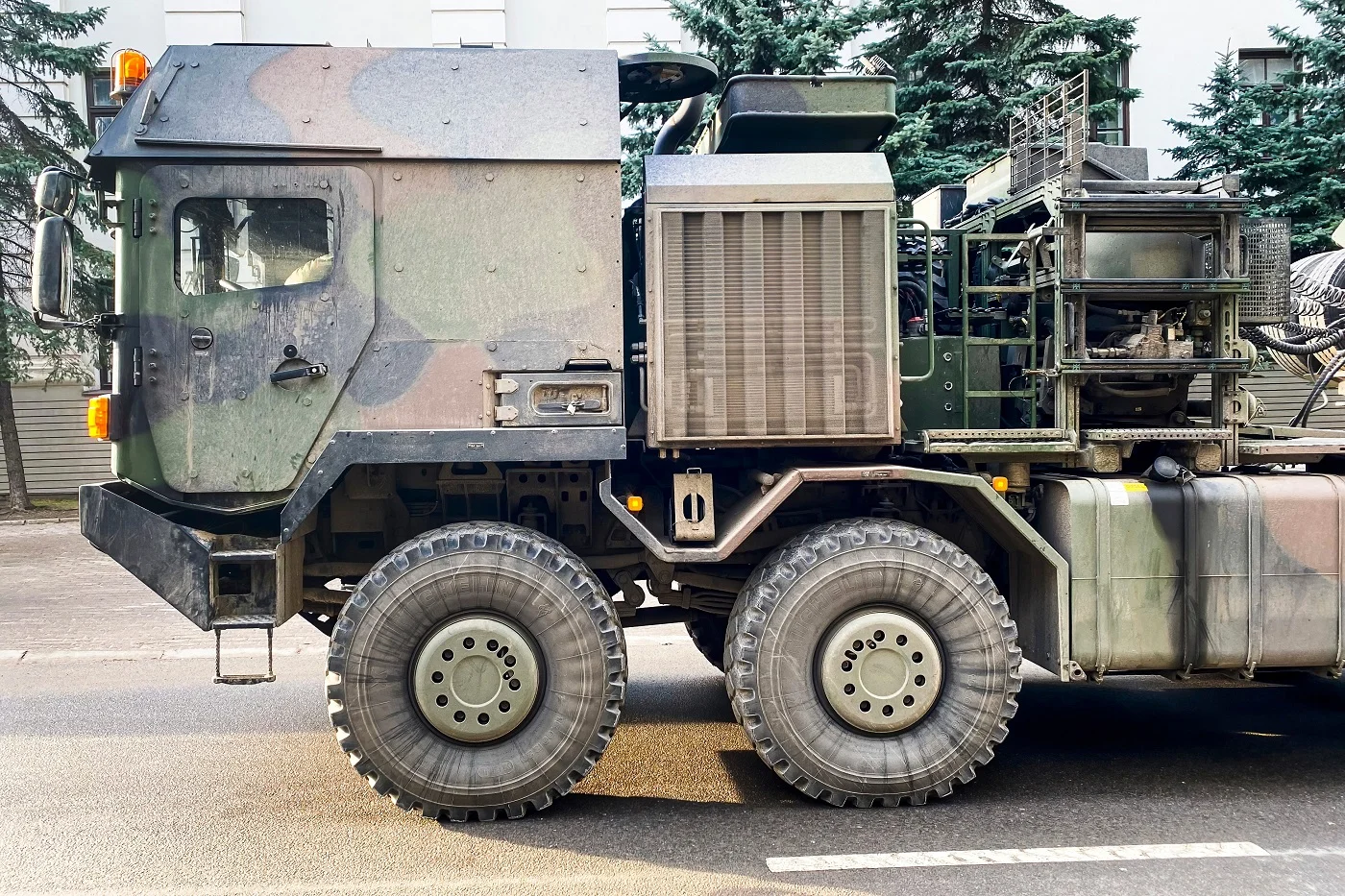
As you can see, heavy-duty trucks are vital to maintaining vital services, promoting economic growth, and guaranteeing the effectiveness of several activities. A well-maintained heavy-duty vehicle might be the difference between life and death in some situations.
You won’t be very helpful to the community or others around you if your vehicle is unreliable and breaks down frequently. In addition to keeping it in good working order, you also need to avoid breakdowns altogether.
The way you can do this is by having a timely maintenance service, well-skilled mechanics and professional procurement support on genuine parts that you can get from STS-Global Scandinavian Transport Supply.
It is therefore imperative that you apply good maintenance methods since they are necessary to maintain safety, dependability, and cost-effectiveness—regardless of whether you are the owner, operator, or anyone else involved in the operation of a heavy-duty vehicle. Read on to find out the best maintenance practices for heavy-duty vehicles and how you can extend the life of your equipment right now.
1. Regular Inspections
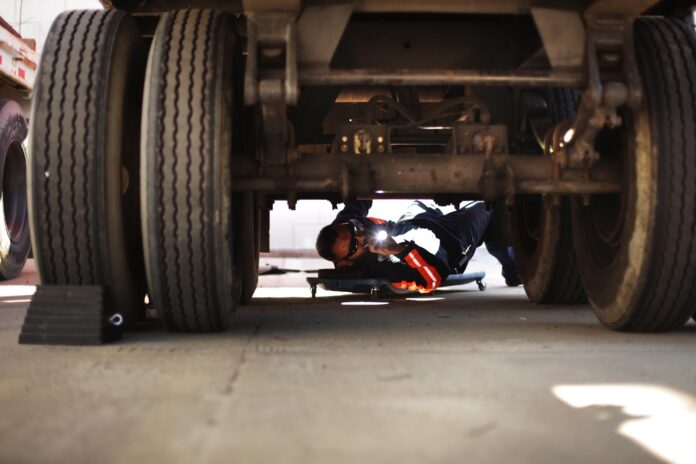
These kinds of vehicles are delicate even with their size and weight, thus the first step in preventative maintenance is to schedule routine inspections. These inspections may need to involve thorough examinations of vital parts like the engine belts, brakes, tires, lights, and fluids, depending on the vehicle.
Early detection of any problems allows you to address them before they become expensive malfunctions or safety risks.
2. Follow the Manufacturer’s Guidelines
Heavy-duty vehicles come with a manufacturer’s handbook, just like any other product. Their manuals are crucial above all else since they are pricey and include delicate parts. The professionals who created and constructed the vehicle advise them to follow stringent operating guidelines.
Following these guidelines to the T will make them operate optimally as well as preserve warranties and extend the lifespan of the vehicle/machine.
3. Fluid Checks and Changes
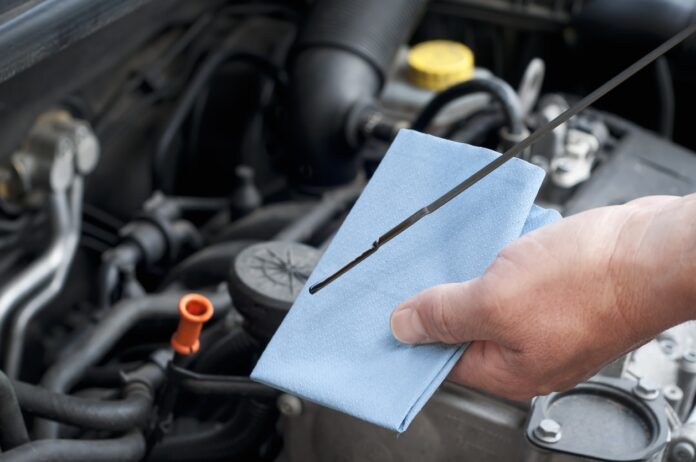
Heavy-duty machinery and vehicles, like humans, cannot function with poor or no fluids in them, just as they cannot survive without blood or with it in their systems. These fluids can cool, lubricate, and shield important parts.
For maximum longevity and performance, fluids should be checked and changed regularly. Clean and quality fluids help prevent corrosion and reduce friction which minimizes wear and tear on crucial parts.
4. Tire/Tracks Maintenance
Maintenance is carried out correctly on the components that enable these vehicles and machinery to move. Depending on its intended usage, some have tires and others have tracks.
As their point of contact with the road, heavy-duty vehicles require high-quality tires and tracks. Make sure your car or other machinery works and continues to move by doing routine inspections of the tires, appropriate inflation, the ties connecting the rails, and any possible fractures or breaks.
5. Brake System Inspection
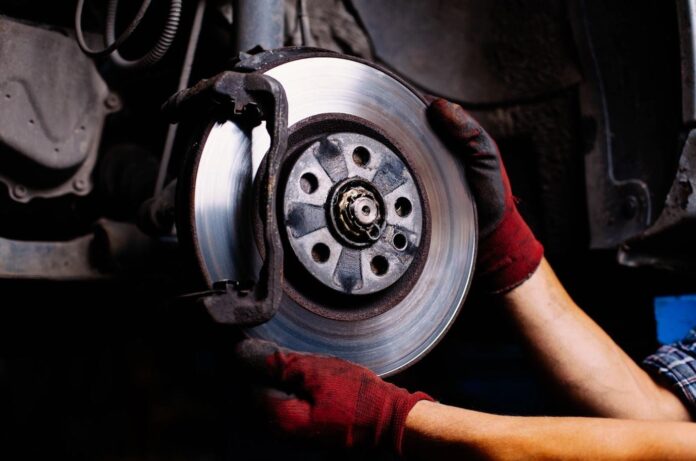
It must stop as good as it can go. The brake system is perhaps the most crucial safety component of any car. Check the hydraulic systems, rotors, drums, and brake pads regularly to ensure both the operators’ and others’ safety while stopping.
6. Battery Care
After making sure you can stop and move, you must confirm that your machine or car can start. Heavy-duty vehicles beginning require electrical components, particularly the battery that keeps the vehicle running, especially in cold weather. Corrosion, tight connections, and battery voltage testing are crucial since they will help you prevent unplanned malfunctions.
7. Cleanliness Matters
Not only does a clean rig look amazing on the inside and exterior, but it also helps keep dirt, grime, and road salt out of areas where they may do significant harm. Cleaning your outside and interior will ensure that nothing as little as dust or small rocks can wear down or halt your vital components, such as fluids, cables, and electrics.
8. Address Issues Promptly
Ignoring warning indicators like vibrations, sounds, or dashboard lights might put you a long way away from a serious issue that could end up costing you a lot of money. Deal with any possible issues right now to save them from getting worse and necessitating expensive repairs or a protracted stop of your rig.
9. Driver Training
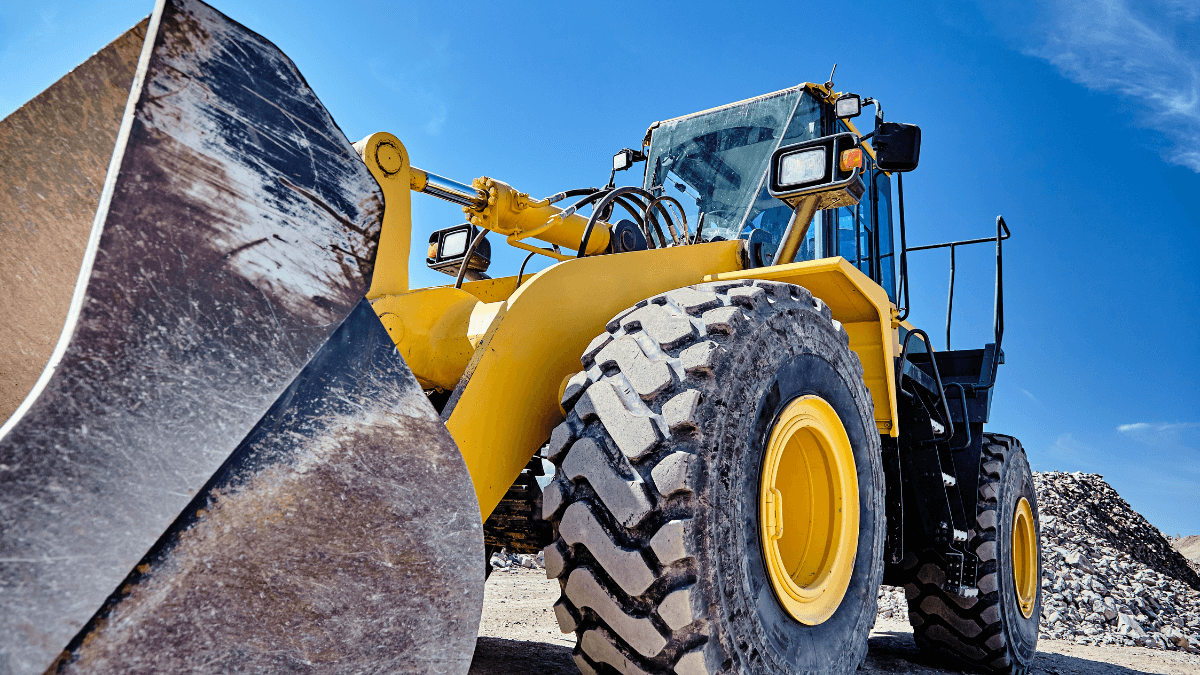
As everyone knows, operating heavy-duty equipment or driving a vehicle requires certain skills, even for operators and drivers. However, you must realize that a single education session is insufficient; instead, you must motivate your operators and drivers to continue their education in safe operation and maintenance.
Offer them thorough instruction or enroll them in specialist seminars and workshops to help with problem-solving and early anomaly identification.
10. Invest in Genuine Parts and Services
As previously said, even though these are often enormous and terrifying vehicles and machinery, their numerous systems—from electrical ones to the number of tubes, vires, pullies, hydraulics, and so forth—make them delicate. All those components are prone to wear and tear and should be changed at specific intervals.
Above all, though, they should be replaced with genuine, high-quality components. This implies that reliable service providers and high-quality parts must come first. In the short run, cutting costs in this area could be more affordable, but it frequently results in more frequent malfunctions, more costly repairs, and possibly even a void in the guarantee on some components and systems.
